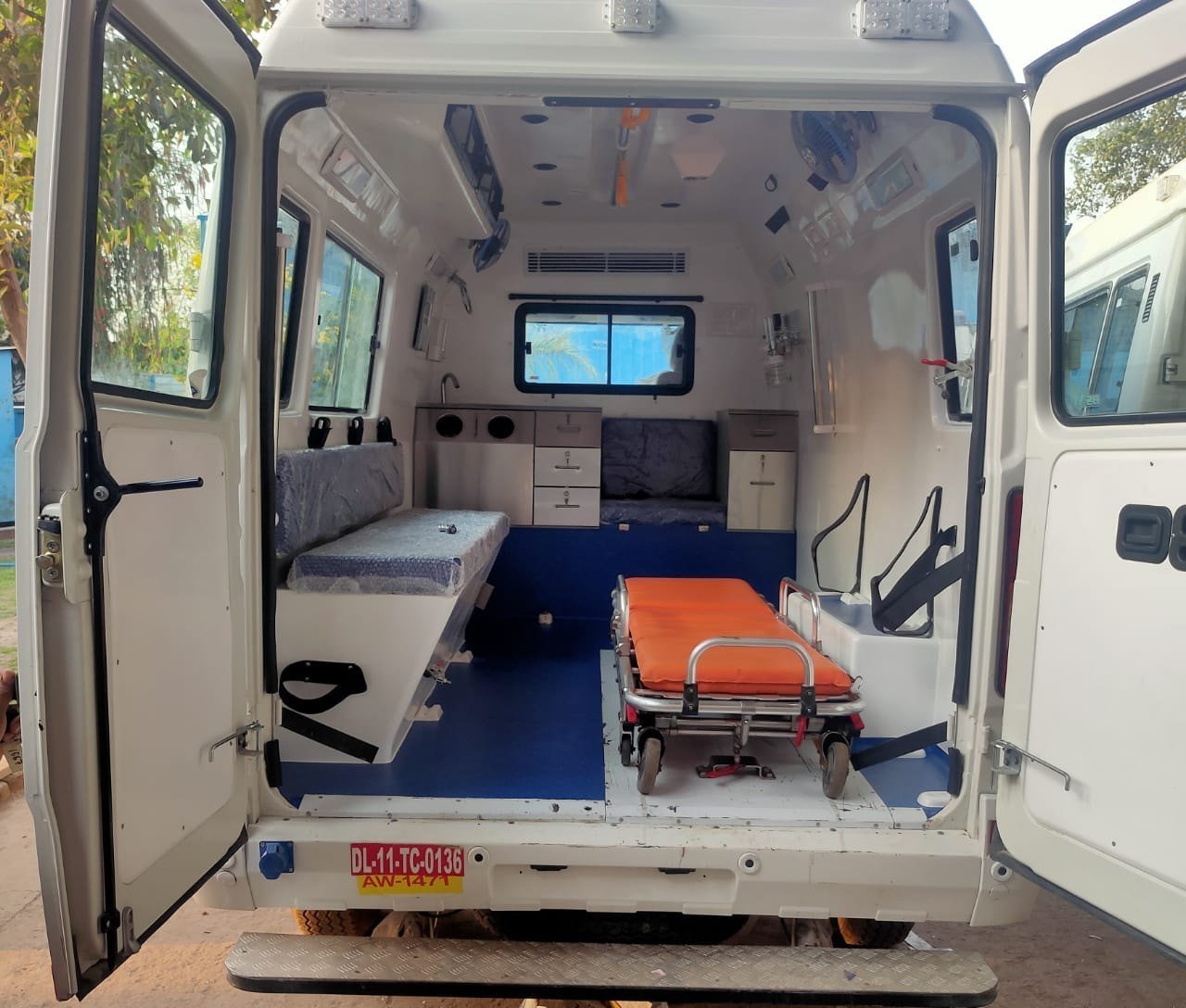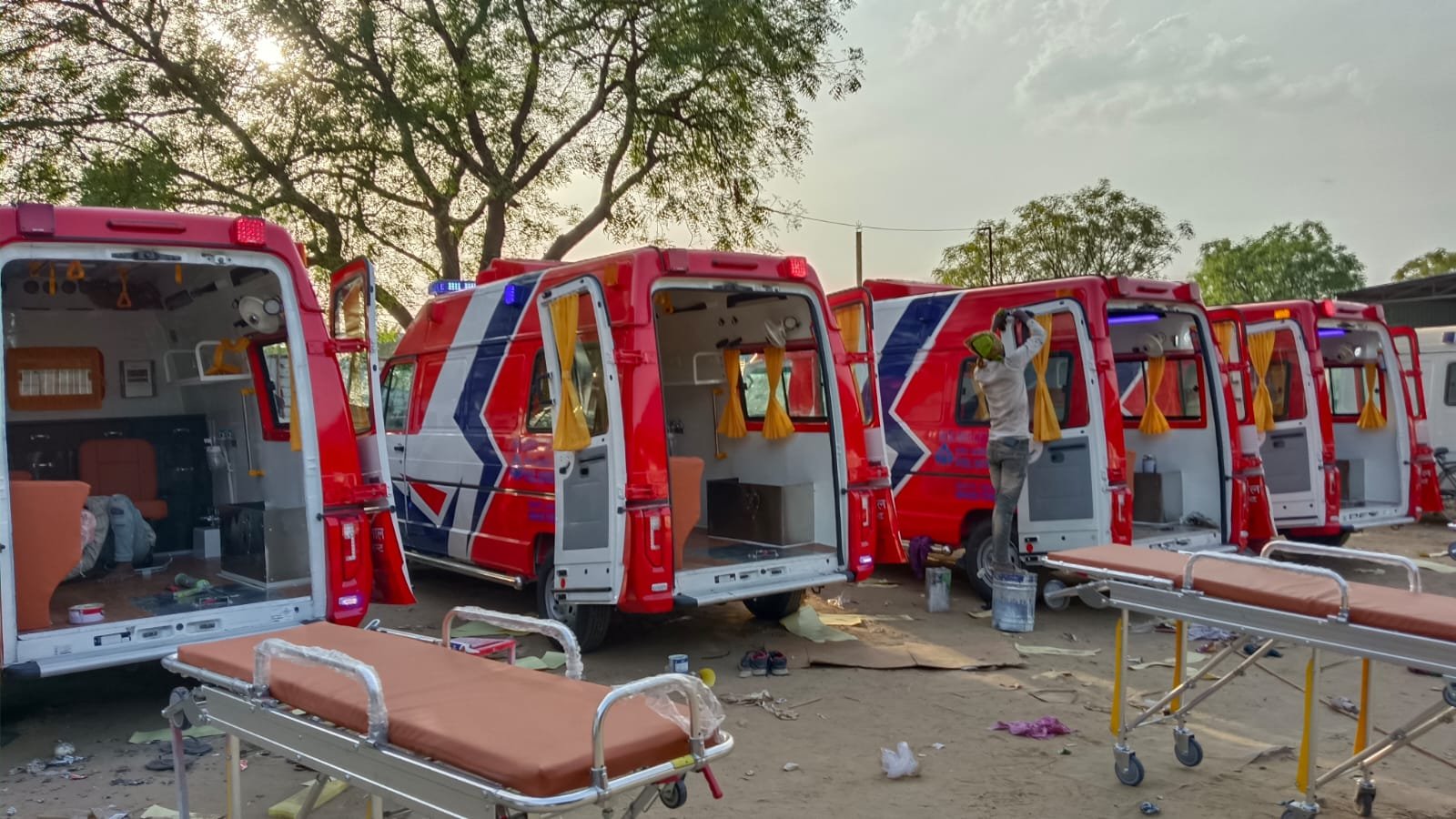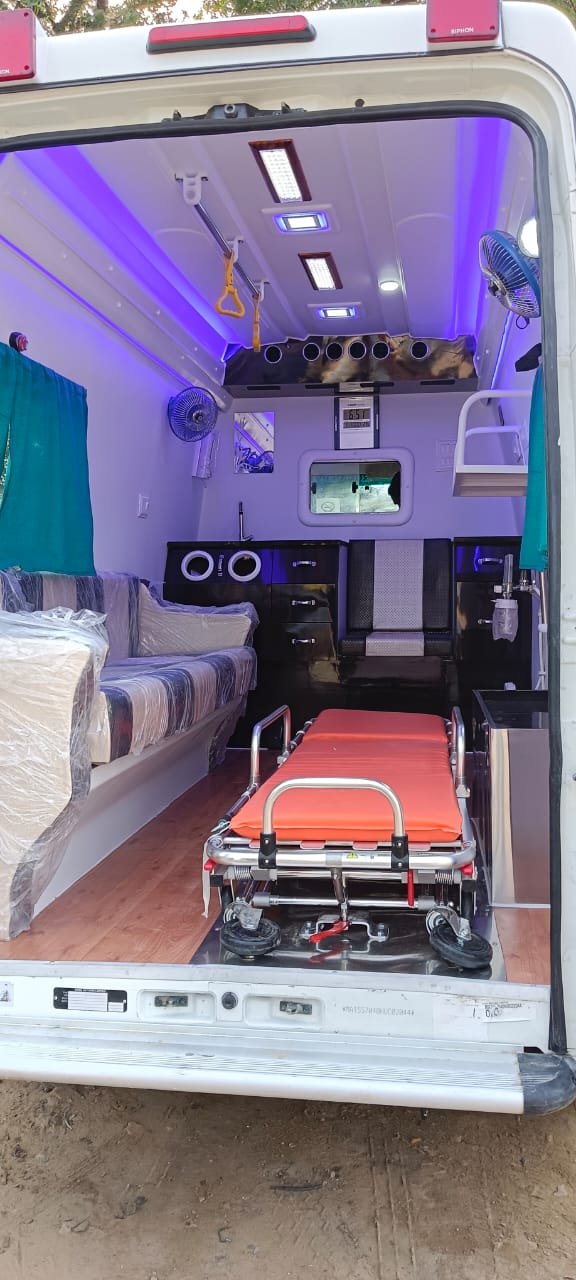Product Single
- Home
- Product Single
Basic Life Support
Basic Life Support (BLS) is a fundamental level of medical care provided to individuals experiencing life-threatening emergencies, such as cardiac arrest, respiratory distress, choking, or severe bleeding. BLS techniques are designed to stabilize the patient's condition and prevent further deterioration until advanced medical help arrives.
Key components of Basic Life Support typically include:
-
Recognition of Emergency: Recognizing the signs of a life-threatening emergency is crucial for initiating BLS interventions promptly. This involves assessing the patient's responsiveness, breathing, and circulation.
-
Cardiopulmonary Resuscitation (CPR): CPR is a vital component of BLS and involves chest compressions and rescue breaths to maintain blood flow and oxygenation to vital organs in cases of cardiac arrest. High-quality CPR performed promptly can significantly improve a patient's chance of survival.
-
Use of Automated External Defibrillators (AEDs): AEDs are portable devices that deliver an electric shock to restore normal heart rhythm in individuals experiencing sudden cardiac arrest. BLS training often includes instruction on how to use an AED safely and effectively.
-
Airway Management: Ensuring a patent airway is essential for oxygenation and ventilation in patients who are unconscious or experiencing respiratory distress. Basic airway maneuvers, such as head-tilt-chin-lift or jaw thrust maneuvers, may be performed to open the airway and maintain adequate breathing.
-
Assessment and Management of Breathing: BLS providers assess the patient's breathing and intervene as necessary to maintain adequate ventilation. This may involve providing rescue breaths, clearing airway obstructions, or providing supplemental oxygen.
-
Management of Severe Bleeding: Control of severe bleeding is critical in preventing shock and further complications. BLS providers may apply direct pressure, elevate the affected limb, or apply a tourniquet to control bleeding until advanced medical care can be administered.
-
Recognition and Treatment of Choking: BLS training includes techniques for recognizing and managing choking emergencies, such as the Heimlich maneuver (abdominal thrusts) in conscious patients or back blows and chest thrusts in infants and unconscious patients.






